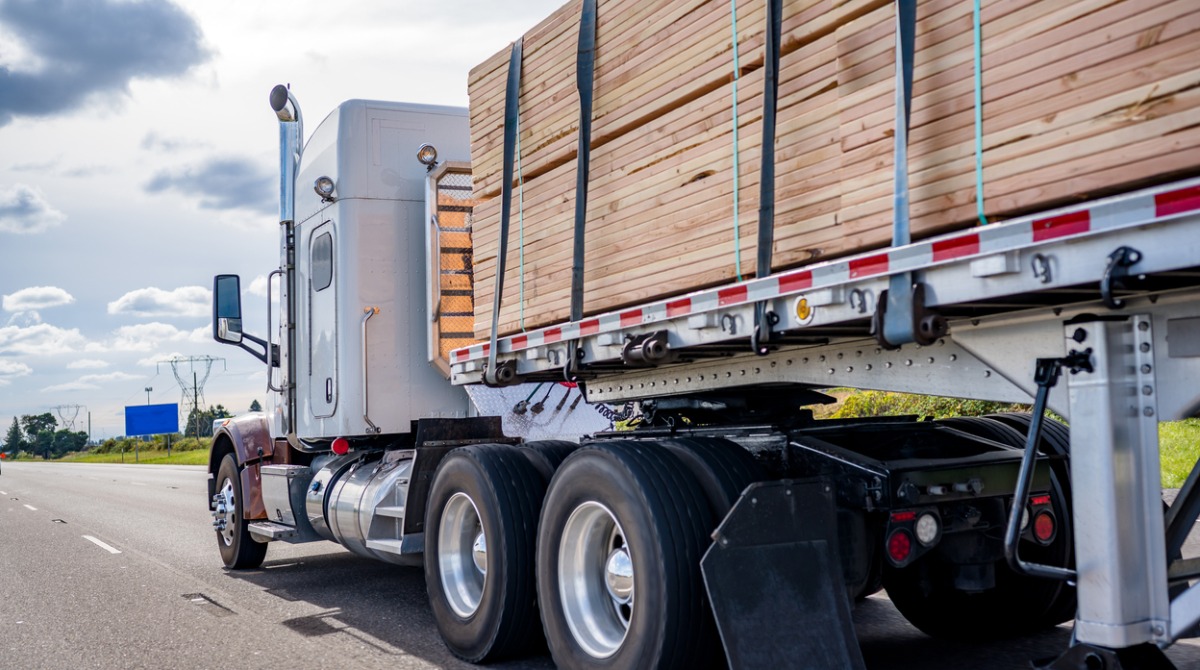
A reliance on construction materials produced overseas has left contractors in the U.S. susceptible to long lead times and extreme price volatility. This is especially true since the COVID pandemic slowed global supply chains.
About 32% of building materials come from outside the U.S. The top countries the U.S. imports construction materials from include nations in the European Union, as well as:
- China
- South Korea
- Canada
- Japan
Barry LePatner, construction attorney and founder of LePatner & Associates stated that "Buy America" provisions for publicly funded projects will require government-funded projects to use construction materials that are made in the United States.
"It is to be expected that prices for domestically manufactured projects and materials will increase. But the assurances of more certain delivery dates will be well worth the time and cost to achieve a greater certainty for project completions." "With a 'build here in North America', there are going to be higher costs, higher labor costs, higher technology costs...Prices will go up."
Construction Attorney & Founder of LePatner & Associates | Barry LePatner
Construction Dive states that the main building materials sourced outside of the United States are some of the most foundational materials used in construction. They include:
- Cement
- Lumber
- Steel
- Insulation material
- Electrical equipment
Many building groups have pushed back on the Biden administration's onshoring initiative, and are claiming that some materials simply aren't available domestically at any price and will cause even more construction delays.
"Our projects require a very complex mix of materials, some of which are not domestically manufactured. Some components are not made in the United States and must be bought overseas to complete a job. Other materials sourced from foreign sources are significantly cheaper and hold down federal government infrastructure expenditures."
CEO of the National Utility Contractors Association | Doug Carlson
We need to remember that cost savings were the primary reason why much of American manufacturing emigrated overseas decades ago.
According to a Marcum report on the supply chain, increased material prices, limited availability of labor and difficulties in new technology adoption are the main challenges of onshoring.
Felice Farber, executive director of the Subcontractors Trade Association, a New York-based association of union subcontractors stated that high material prices were also recently identified as "the biggest challenge right now for the construction industry." And this is despite the fact that historic inflation spurred by the pandemic is finally coming down.
LePatner believes that increased costs may be the price owners and contractors have to pay to ensure stable lead times and to meet federal guidelines.
The White House's Office of Management and Budget recently issued proposed guidance on how to implement the Build America, Buy America Act provision in the Infrastructure Investment and Jobs Act. The Department of Defense also recently increased its domestic content threshold from 55% to 60% through the end of 2023 for components required to be produced in the U.S. That mandate will increase again to 65% from 2024 through 2028, and finally to 75% thereafter.
There is a silver lining in this for both contractors and owners and that is the fact that closer, more predictable sourcing paths will help alleviate common issues that lead to disputes on projects. Having dependable lead times would avoid delay penalties and escalation clause expenses.
Richard Kennedy, president and CEO of Skanska USA stated that lead times remain at unprecedented levels, especially for critical mechanical and electrical equipment. He also indicated elongated lead times as a continuing headwind for construction industry in its latest Construction Cost Index report.
Owners and contractors will continue to grapple to find a balanced solution for keeping projects in line while maintaining tighter control over completion schedules. During that span, there will remain a reliance on materials shipped from overseas according to LePatner.
Posted by Judy Lamelza





